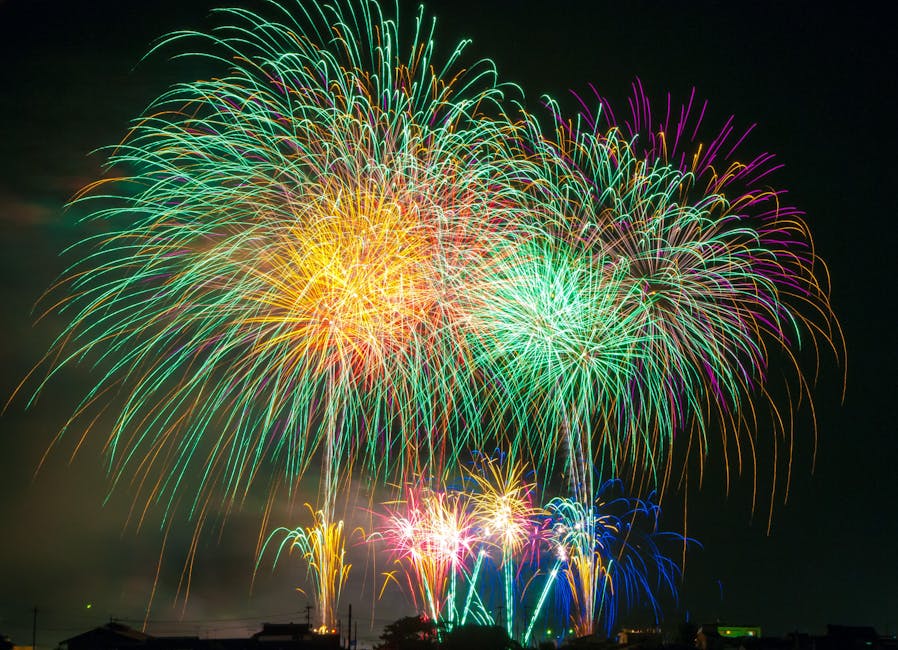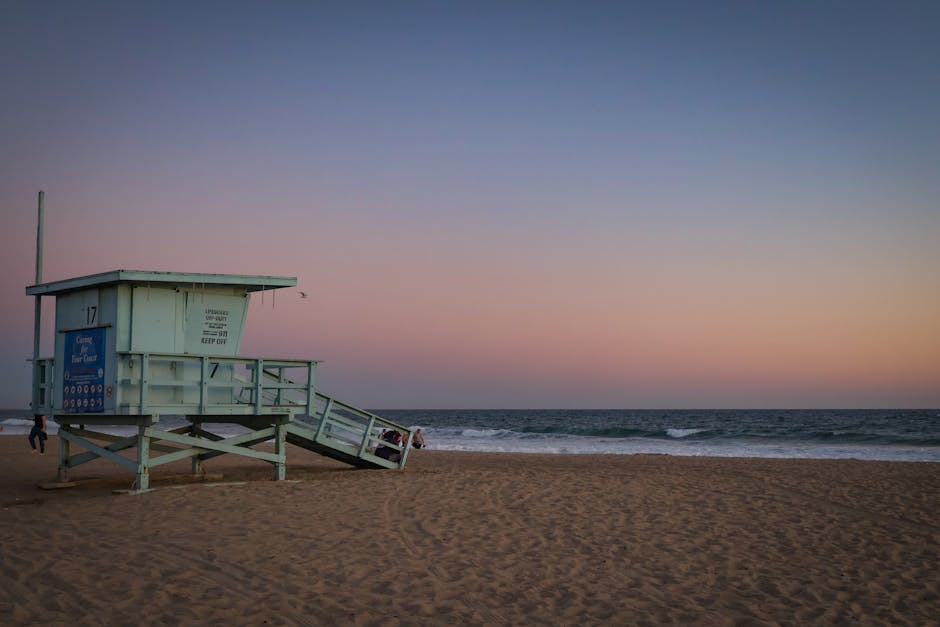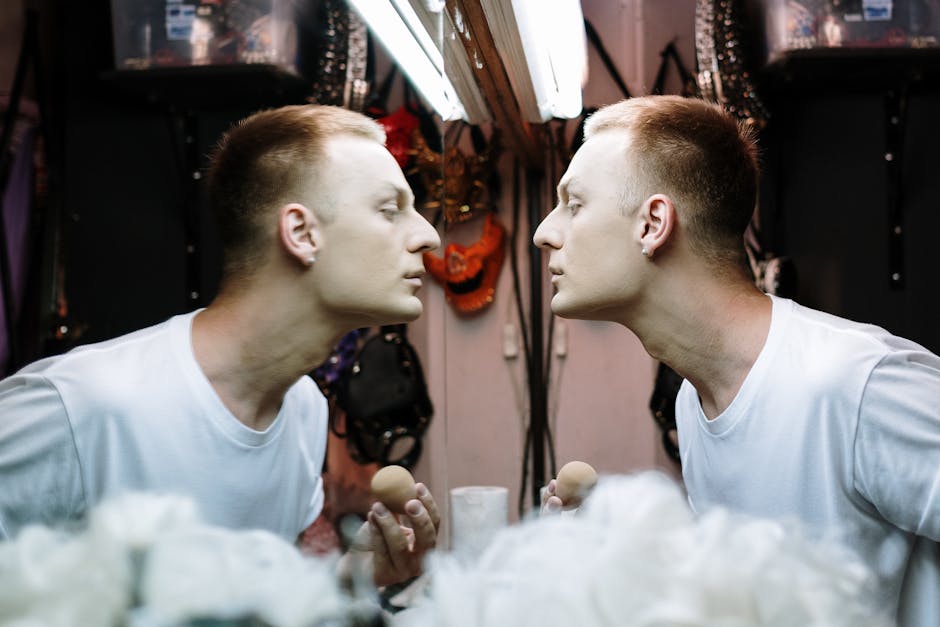In a move that resonates with the very soul of India’s long and arduous journey to freedom, Prime Minister Narendra Modi has officially inaugurated a year-long commemoration to mark 150 years of our national song, Vande Mataram. This launch is more than a ceremony; it’s a powerful call to reconnect with the anthem that once fuelled a revolution and continues to inspire a billion hearts.
A ‘Living Mantra’ for a Viksit Bharat
Speaking at the launch event in New Delhi, the Prime Minister described Vande Mataram as more than just a song. “It is a living ‘Mantra’ that encapsulates the spirit, sacrifice, and soul of our motherland,” he declared. “It was the clarion call that united millions, from every corner of this land, under one common purpose: freedom. As we chart our course in this ‘Amrit Kaal‘ towards a ‘Viksit Bharat’, the energy of Vande Mataram is more relevant than ever.”
What is the ‘Vande Mataram@150′ Initiative?
The year-long initiative, aptly named ‘Vande Mataram@150′, aims to re-ignite the patriotic fervour associated with the song, especially among India’s youth. The government has planned a series of nationwide events, including:
* Cultural programmes
* Academic seminars
* Essay and singing competitions in schools and colleges
* Digital campaigns to take the story of Vande Mataram to every household
From Poem to Potent War Cry: A Brief History
To truly grasp the significance of this moment, one must journey back in time. Penned by the great litterateur Bankim Chandra Chatterjee in the 1870s, Vande Mataram was later included in his seminal novel, Anandamath, in 1882. For decades, it remained a beautiful piece of poetry—a heartfelt ode to the motherland.
Its transformation into a revolutionary war cry began during the Swadeshi movement following the Partition of Bengal in 1905. The two words, Vande Mataram (I bow to thee, Mother), became a powerful slogan of defiance against the British Raj. It was sung in processions, whispered in secret meetings, and shouted by freedom fighters as they faced lathis and bullets. The British were so terrified by its unifying power that they eventually banned its public utterance, which only served to make it more popular.
The Journey to Becoming India’s National Song
It was Rabindranath Tagore who first set the poem to a soul-stirring melody and sang it at the 1896 session of the Indian National Congress. Later, on September 7, 1905, it was officially adopted as the national song. While Jana Gana Mana rightfully became our National Anthem, the first two stanzas of Vande Mataram were accorded the equal status of National Song, a testament to its indelible mark on our history.
Inspiring a New Generation
This commemoration is not merely an exercise in nostalgia. It is a strategic effort to embed the values represented by the song—selfless service, unwavering love for the nation, and courage—into the national consciousness of a new generation. In an age of fleeting digital trends, this initiative aims to anchor our youth to the timeless ideals that forged our nation.
As the ‘Vande Mataram@150′ celebrations unfold, it serves as a chance for every Indian to listen, not just with their ears, but with their hearts, to the verses that inspired the likes of Aurobindo Ghose, Lala Lajpat Rai, and countless unsung heroes.




